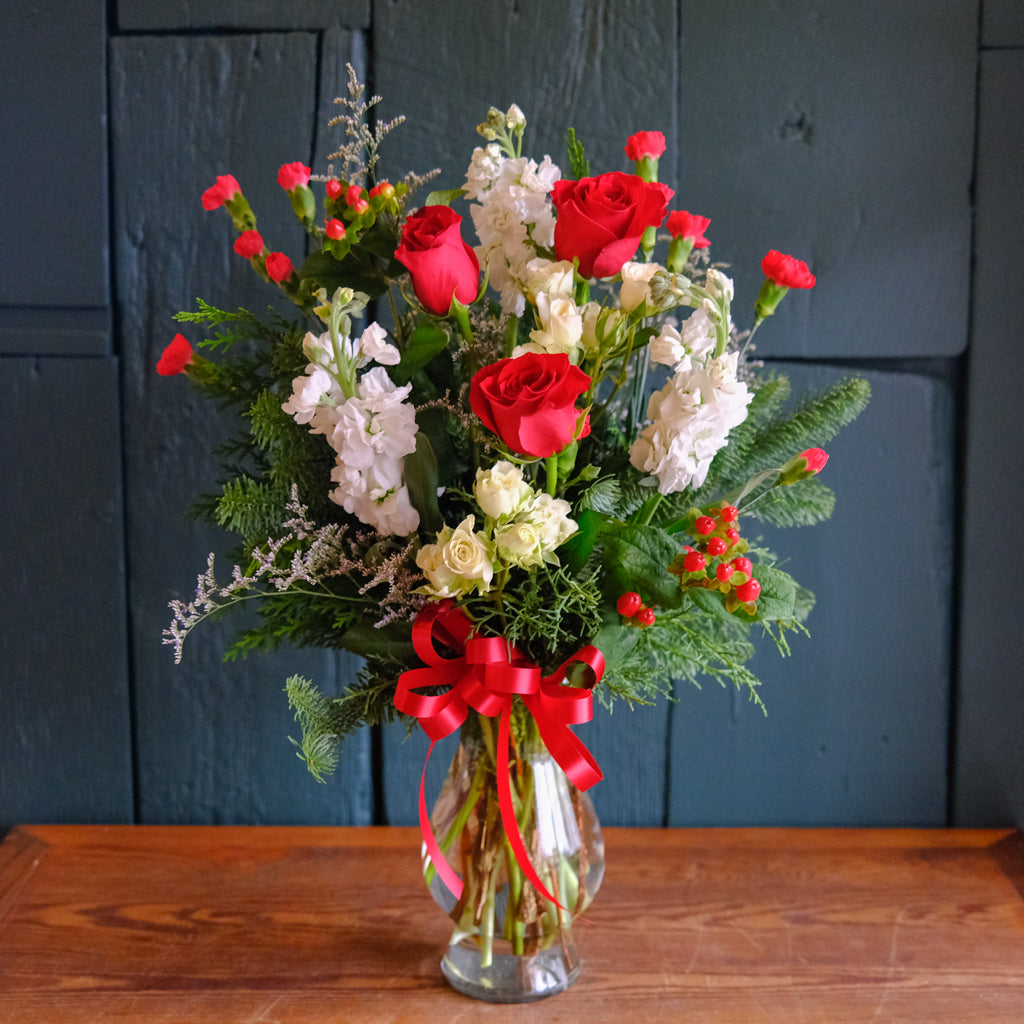Are all cut roses equal? You intuitively know they are not — at a glance you can tell some blooms are more vibrant, lush, and impressive than others.
While there are a number of variables such as weather, rose variety, and freshness, it is the flower “cut stage” that consistently differentiates the roses at your local florist from the mass market retailer.
Most roses for the mass market are cut one to two weeks earlier than ideal. Cutting the rose early means less time in the greenhouse (time is money) and a “tighter” flower means more roses can fit in the box (lower shipping and packaging costs). Alas, losing that last week or two of time on the plant means a smaller bloom size, a bit duller color, and a risk that the flower won't have enough stored energy to open for your full enjoyment. You have probably seen a tight rose bud that looked fresh but eventually wilted and drooped instead of open.
These problems with the lower cost mass market roses have led most florists to spend more to buy open-cut roses. You might hear some other terms including “florist grade”, “designer cut”, “European cut”, or “Russian cut”. These terms all refer to roses that are harvested once the bloom has had enough time to mature, which ensures the larger opening and vibrant color. “European or Russian Cut” roses are cut the maximum openness for the largest size bloom, while “florist grade” roses in this country are typically cut for a balance of size and long vase life.
Our “florist grade” roses are the ideal for most flower delivery orders, because they have a large vibrant bloom and an expected vase life of a full week. At Michler's we pay attention to these details, so that when you order roses to be delivered, they make the right impression.


